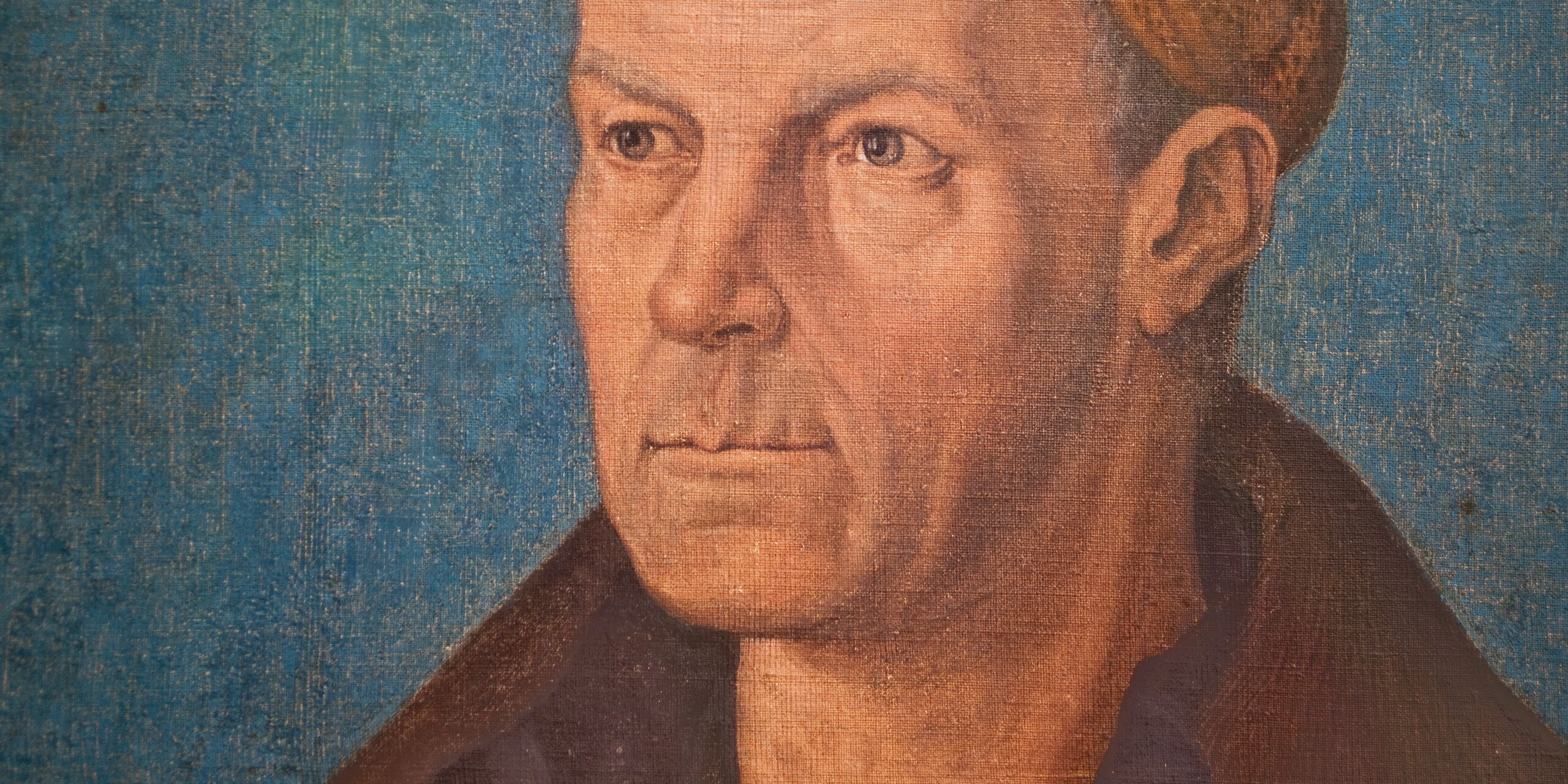Jakob Fugger “The Rich”: Merchant, Mining Industrialist, Benefactor
Augsburg, the City of the Wealthy Fuggers, the Fuggerei and the Renaissance
In 1367, the first Fugger moved to Augsburg. Two generations later the family business, especially due to metals trade and mining, had risen to the highest level of the European business elite. Today, the Fugger and Welser Museum is the only place in Augsburg where the mining business of the Fuggers is remembered. There are, however, numerous monuments established by Jakob Fugger “the Rich” and his descendants. The wealth they attained through their mining industry allowed them to be patrons of the arts, donors and founders. Their art-minded buildings like the Fugger chapel in St. Anne’s church and the Fugger city palace brought the Italian Renaissance to Augsburg. The Fuggerei is the oldest existing social housing settlement in the world. The Fuggers were the first to install a life-size, poured bronze fountain sculpture in Augsburg, at the time a technical innovation.
Tip
The Fugger and Welser Museum in Augsburg tells the story of the Fuggers and their rise to economic power. The museum is housed in one of the last preserved Renaissance houses in the city of the Fuggers and, among other exhibits, it features a “mine” in the vaulted cellar. A ‘must-see” for sightseers in Augsburg is the Fuggerei, the oldest social housing settlement in the world. The Fuggerei, founded by the mining magnate Jakob Fugger “the Rich”in 1521, still exists today as it has for nearly 500 years. Fugger’s three Augsburg endowments will be exactly 500 years old in the year 2021.
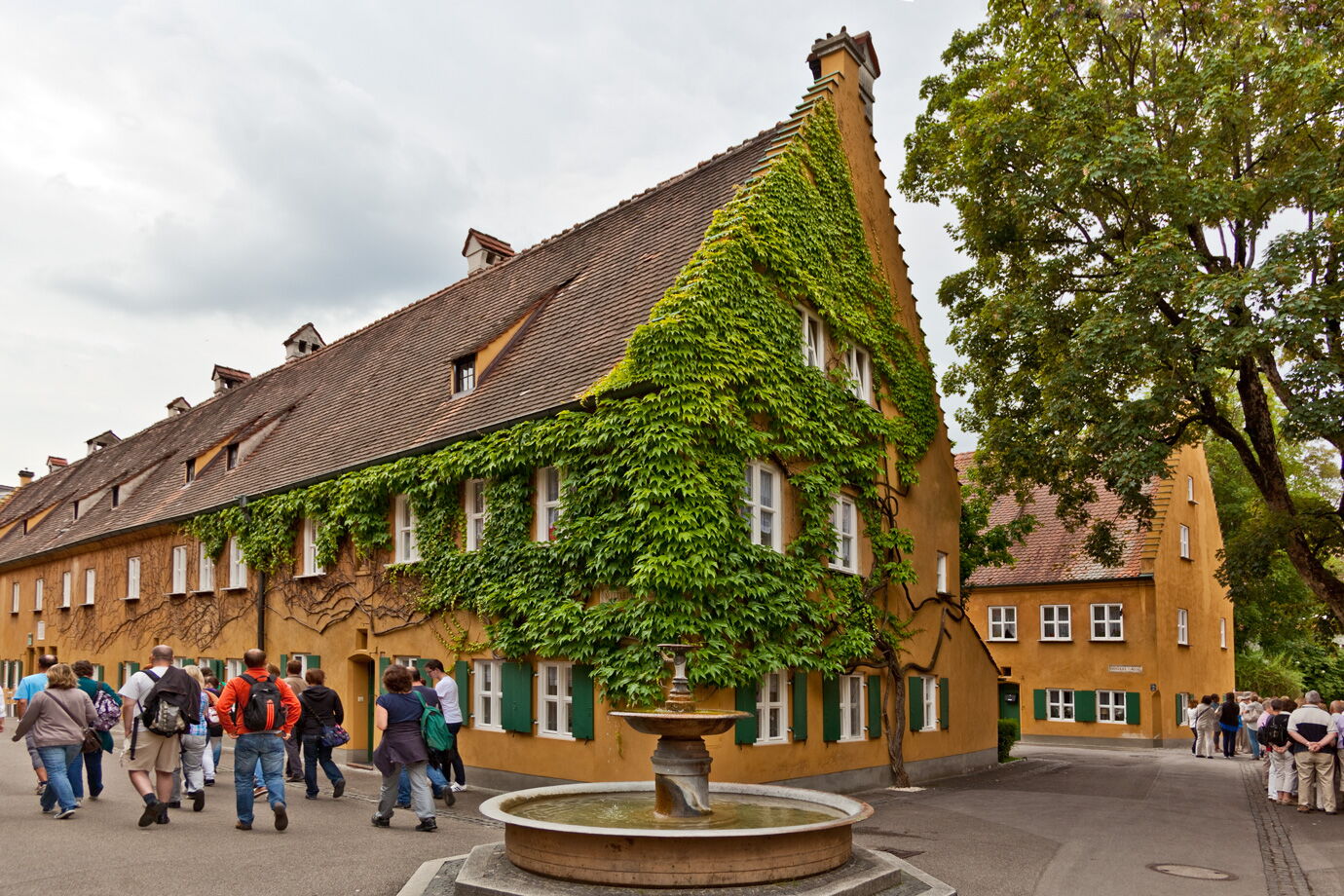
The original financial capital for the Fugger’s meteoric rise to wealth was earned in textiles. Cotton was imported via Venice to Augsburg and the Fugger’s weaving mills produced fustian (a fabric made of cotton and linen), which was in turn manufactured into finished products. Loans to the Habsburg emperor, Maximilian I, which were secured by silver mines in Tirol, launched the Fuggers into the business of precious metals in the 1480’s. Their close relationship to emperor Maximilian I and also their trade with northern Italy is evident in the Fugger’s buildings and monuments in Augsburg.
Because both Andreas Fugger (in 1410) and his brother Jakob (in 1418) began goldsmith apprenticeships, they came into contact with metallurgical know-how. Members of the goldsmith’s trade guild were also metal traders.
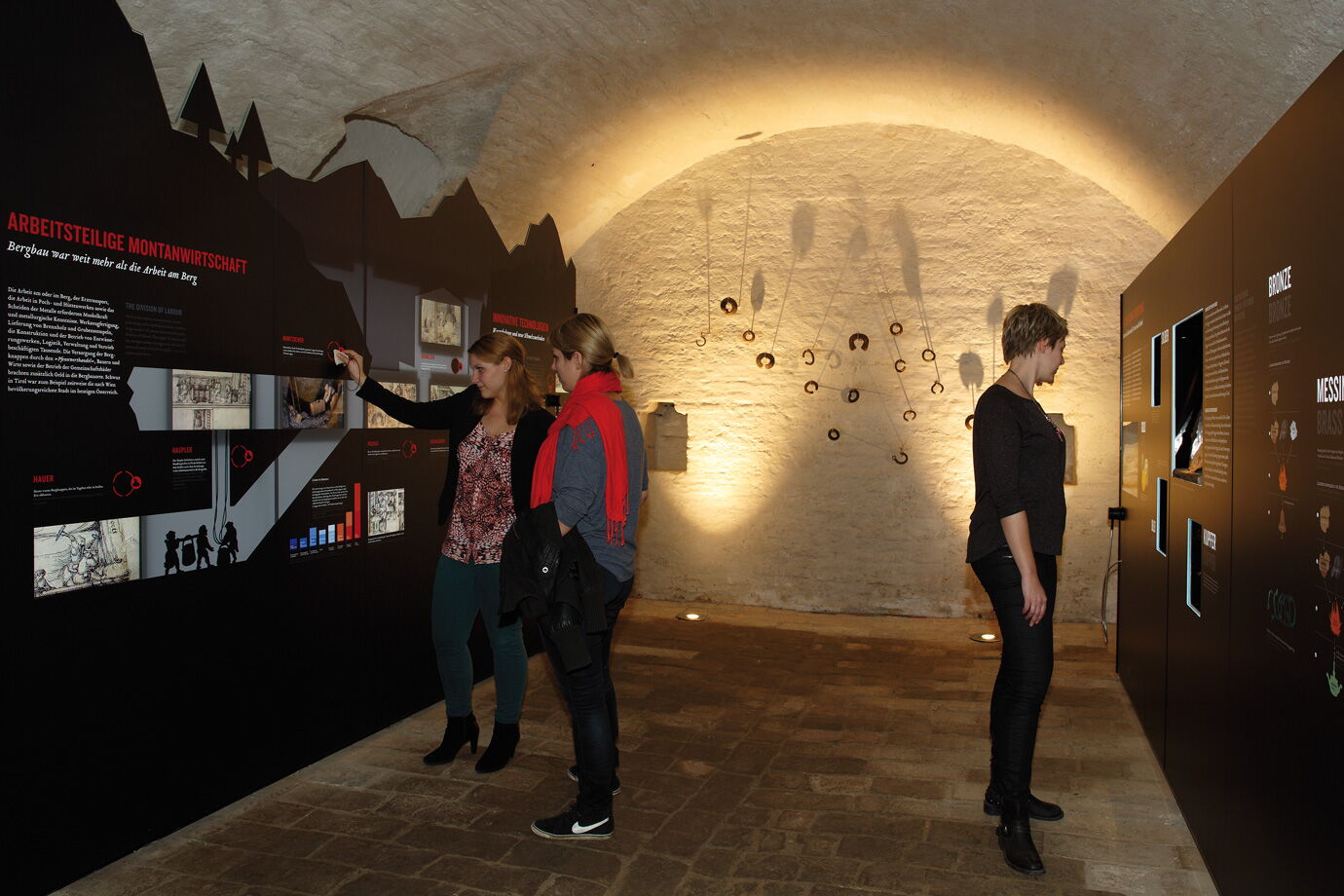
The Fuggers brought the Italian Renaissance to Augsburg
The Fugger mausoleum in St. Anne’s church is the burial place of Jakob Fugger “the Rich” and his brothers Ulrich and Georg. Albrecht Dürer, among others, was responsible for the design of the burial chapel, which is the earliest Renaissance style structure in Bavaria today. The chapel’s organ has a painting with images of Jakob Fugger “the Rich” as well as Emperor Maximilian I. The emperor spent so much time in Augsburg, that French nobility touted Maximilian as the “mayor of Augsburg”.
The Damenhof (Lady’s Courtyard) and the Tournament Courtyard in the Fugger city palace on Maximilian street were the earliest secular Renaissance style structures. On Maximilian street, one of the loveliest boulevards in Germany, the Fugger houses’ ‘eagle gate’, adorned with Habsburg coats of arms, reveals that the Habsburg emperor Charles V and his successors were often guests in the Fugger home. Images of emperors Maximilian I and Charles V can be seen in the breath-takingly beautiful Golden Hall in Augsburg’s city hall and also on the facade of the Maximilian Museum. Paintings with portrayals of emperor Maximilian are also displayed in the basilica of St. Ulrich and Afra, where Fugger counts owned five princely decorated burial chapels.
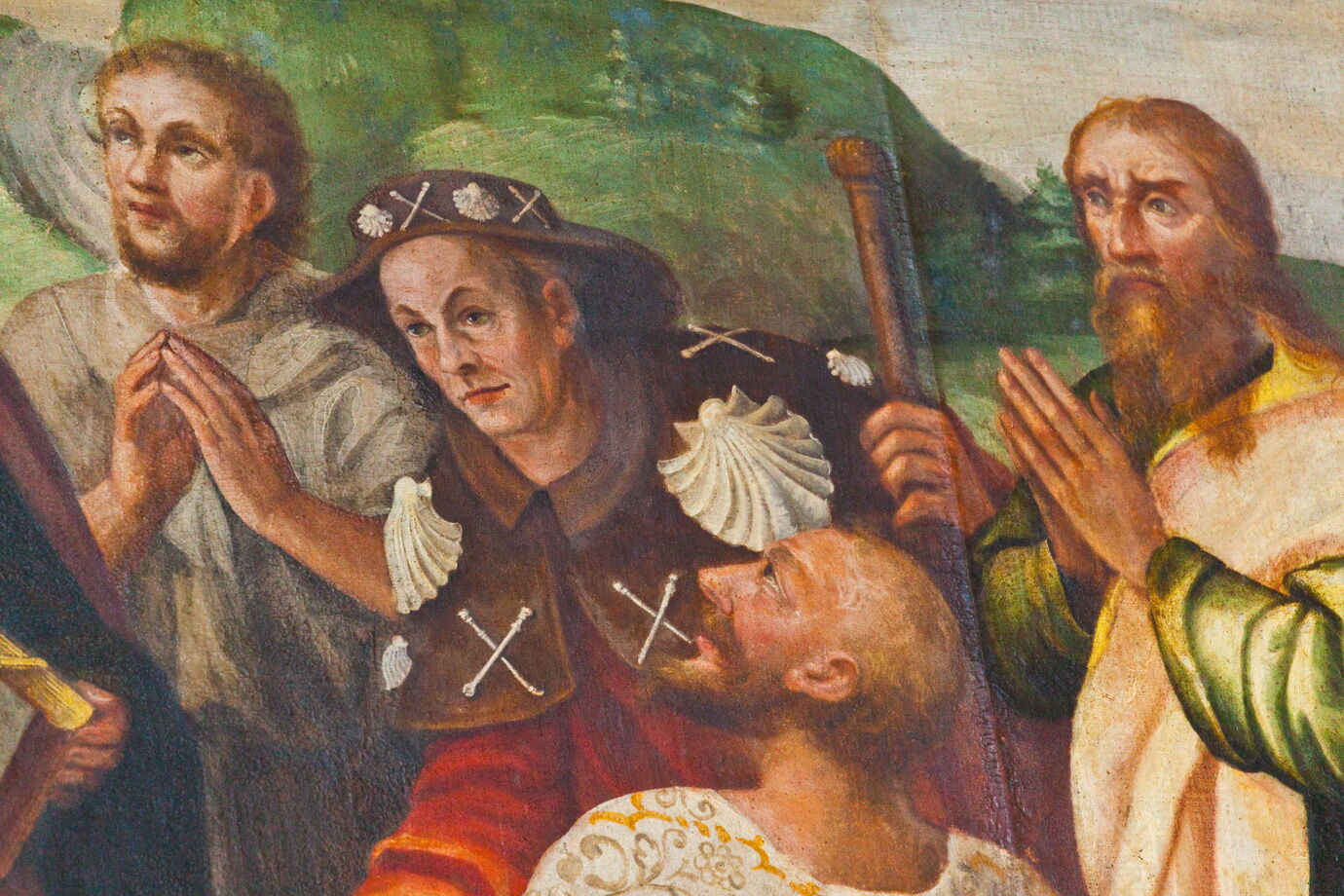
Albrecht Dürer painted a portrait of the wealthy Jakob Fugger
On the wings of the Fugger organ in St. Ulrich and Afra church, the images of two prominent Fuggers are easily recognizable. Jakob “the rich” and his successor and nephew Anton Fugger led the family business to it’s zenith. The best known portrait of Jakob Fugger “the Rich” was painted by Albrecht Dürer and is displayed in the State Gallery in St. Katherine’s Church. Fugger houses, churches, artworks, and not least of all the Neptune fountain near the Fuggerei and the three world heritage worthy, monumental fountains in Augsburg’s city centre are reminders of the Fuggers even today.
Sights, Current Exhibitions and Tips
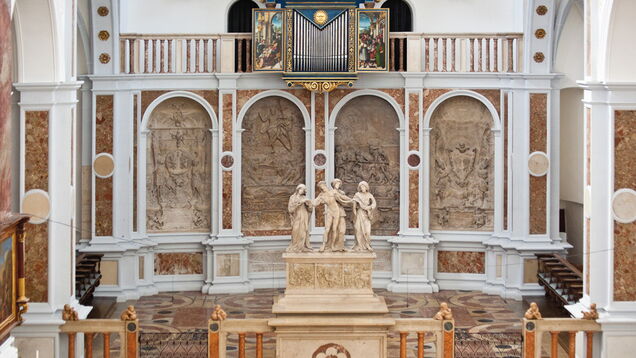
Augsburg: City Tour in the Traces of the Fuggers
The Regio Augsburg Tourismus GmbH offers a public city tour “Following the Traces of the Fuggers and Emperor Maximilian through Augsburg’s Golden Age” (no reservations necessary) in addition to other tours with the Fugger theme ( in multiple languages).
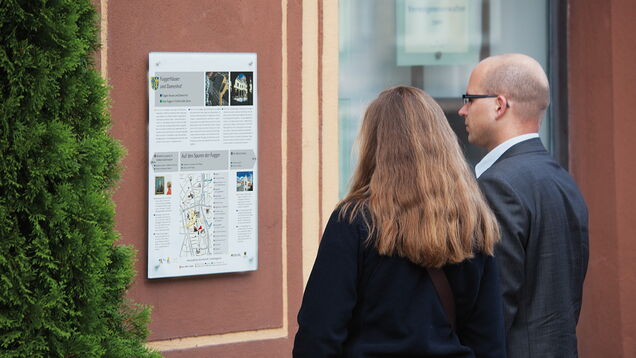
Following the Traces of the Fugger through Augsburg
The Fuggerei, the Fugger chapel in St. Annes, the Fugger houses and five chapels in the Basilica of St. Ulrich and Afra are the main points of interest having to do with the Fuggers in Augsburg. The signs lead visitors on a self guided tour in three languages (German, English, Italian)

Endowment from 1521: the Augsburg Fuggerei
In 1521 Jakob Fugger, “the Rich” founded the Fuggerei, the oldest existing social settlement in the world. Around 150 catholic Augsburg citizens live in the 67 houses on 8 side streets for a yearly rent of just 0.88 Euro cents. The residents also agree to say three prayers daily for the founder and his family.
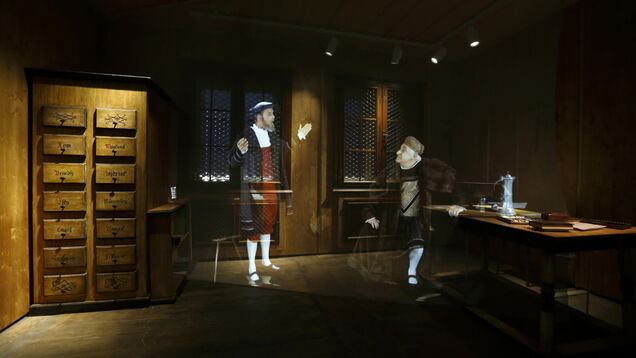
Augsburg: The Fugger and Welser Museum
The museum tells the story of the Fuggers and the Welsers and European economic history. It is also about silver, copper, lead, gold and mercury, about miners, child and women mineworkers, and about the importance of copper for slave trade.
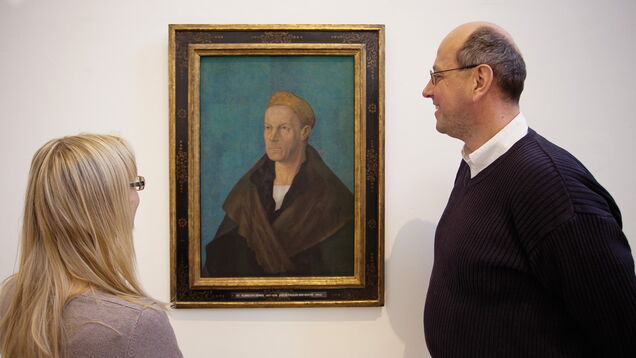
Albrecht Dürer’s portrait of Jakob Fugger
The Augsburg State Gallery in St. Katherine’s church displays the best known portrait of Jakob Fugger “the Rich” from the workshop of Albrecht Dürer. The distinguished collection includes works by Hans Holbein the elder, Hans Burgkmair and Lucas Cranach the elder.
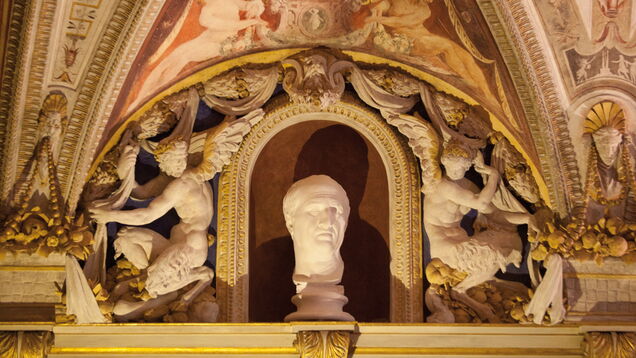
The Badstuben in the Fugger City Palace
Behind the facade of the Augsburg Fugger houses are the Badstuben, exquisitly beautiful rooms with artwork in the style of Florentine Mannerism. The Regio Augsburg Tourism GmbH provides guided tours of this masterpiece in art history. (not accessible without a tour guide)
